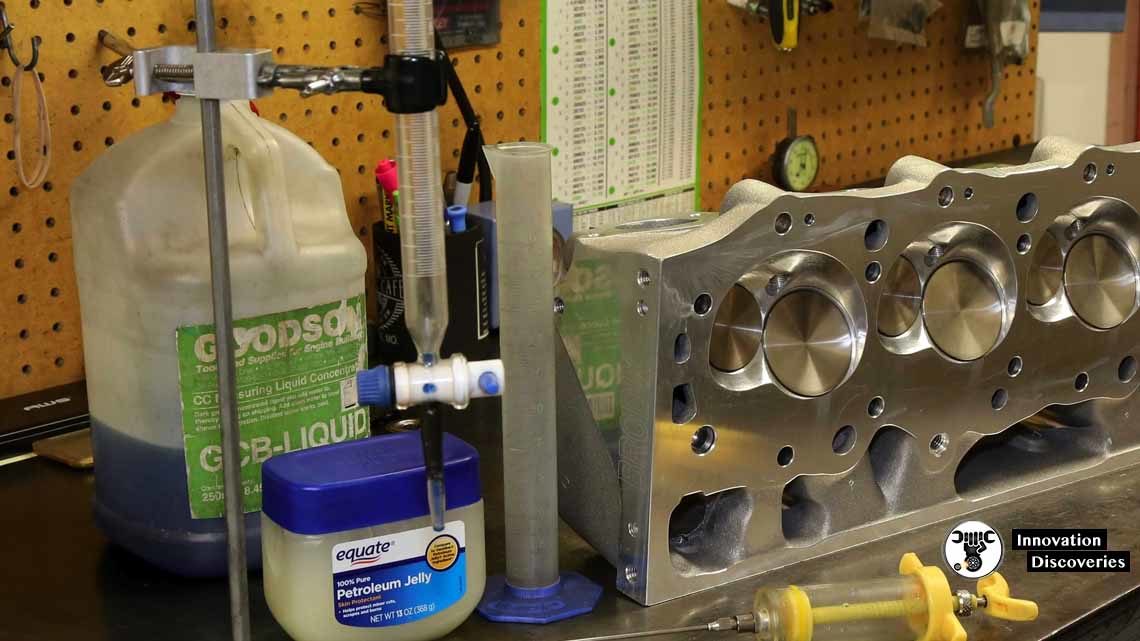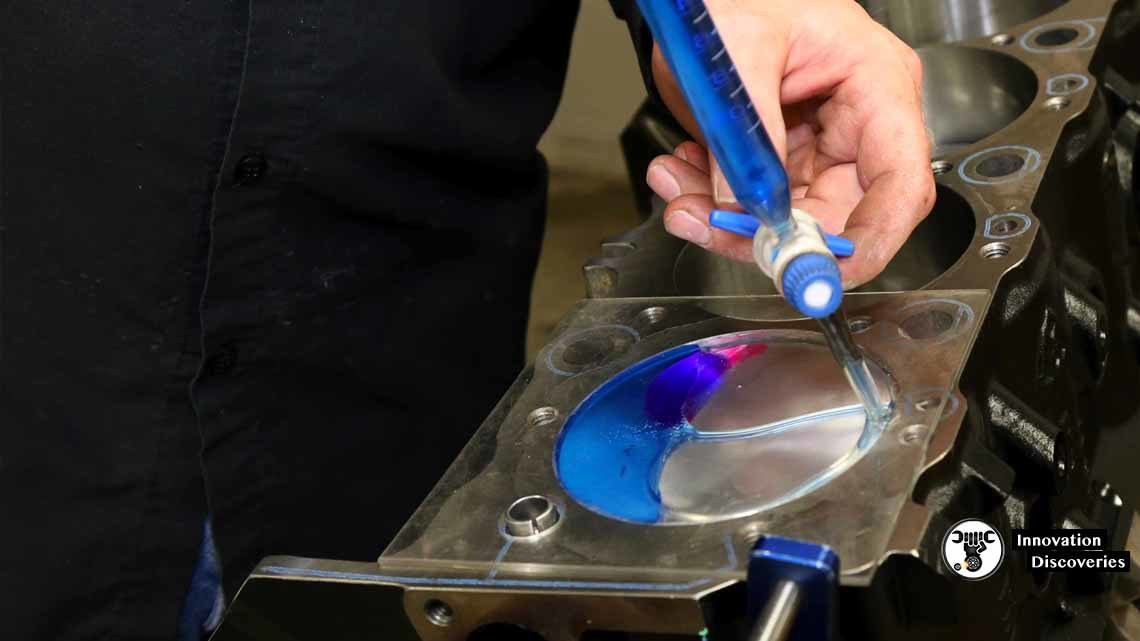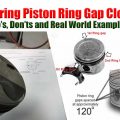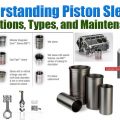A number of sanctioning bodies restrict the engine’s compression ratio,
Counting on the category or application. If the CR isn’t calculated correctly,
Then the racer might be penalized for cheating if officials discover it’s too high.
On the flip side,
If the CR is less than the allowed maximum, then the racer is abandoning horsepower.
Albeit there are not any rules for CR,
The racer could also be restricted to a selected of fuel.
Knowing the CR will provide a robust foundation for the tuning strategy.

Get specific fixtures are needed to live in the combustion chamber volume.
Very similar to measuring piston dome volume,
The key’s sealing off the chamber with a transparent plate and
Measuring the quantity of fluid it takes to refill the chamber.
For non-racers it’s an honest idea to understand and
Understand the info necessary to calculate the CR—especially if building an engine from scratch. When ordering pistons,
For instance, the company’s tech reps will get to know a variety of things to make sure the specified,
Or a minimum of a secure, Compression ratio is often provided. If you’ve got a second-hand block and don’t know the deck height,
Otherwise, you purchased a group of heads and don’t know the combustion chamber volume,
Then the potential for the kinds of problems mentioned by Stevenson is sort of probable.

To calculate dome volume: first, position the piston a measured distance into the cylinder,
Ensuring the dome is below the deck. During this example, the piston is .150-inch within the hole. Calculate the exposed cylinder volume.
Volume= (π) x (bore radius squared) x (exposed cylinder height).
In this example, the bore (4.600in) and exposed cylinder 1.5in equals 40.9 CC. Employing a burette and clear deck plate, fill the cylinder with fluid and note of what proportion was needed. Here it had been about 35.8 CC. Subtract the quantity of fluid used from the calculated cylinder volume.




